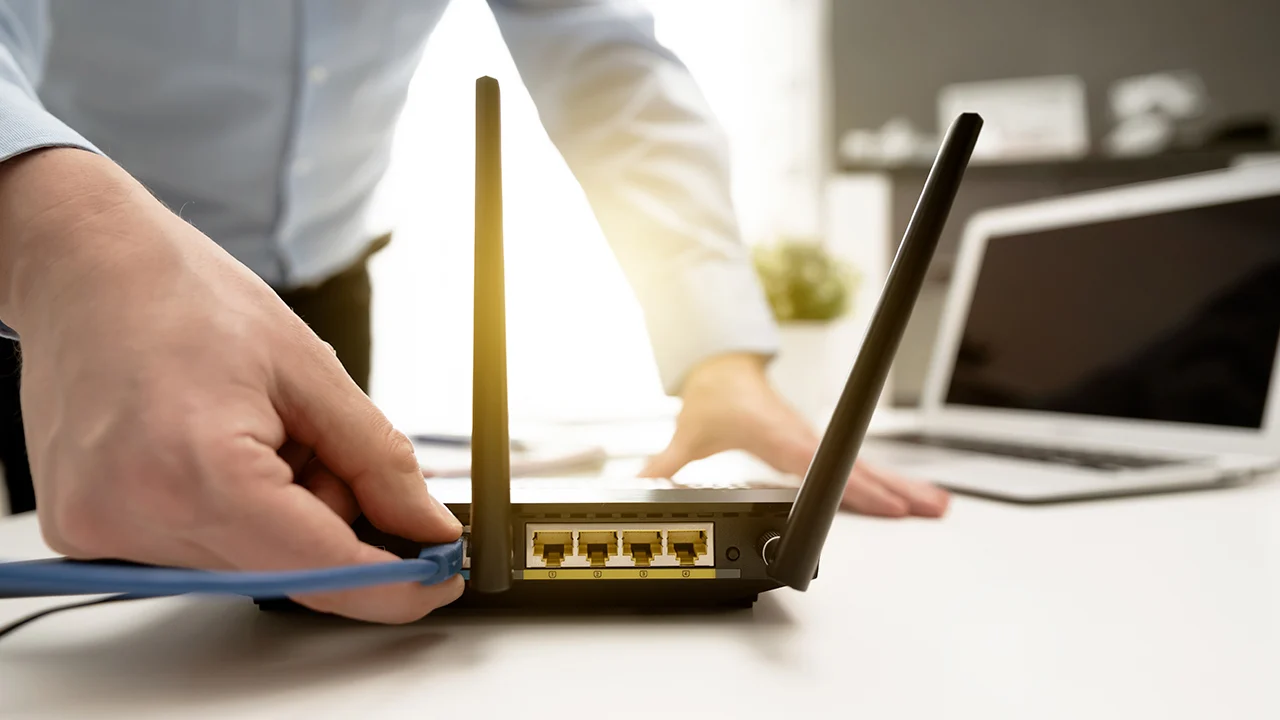There are several factors to consider when installing Wi-Fi in your home or business. Some of these include Site surveys, SSIDs, and Building materials that may block the signals from your access points. This article covers a few of these wifi installations factors. Following these best practices can install Wi-Fi in your home or business confidently.
Site survey
Before putting in Wi-Fi, it’s important to conduct a site survey. This step will help ensure that you install Wi-Fi networks that perform well. During the survey, make sure to consider your wireless network’s coverage requirements and the coverage of nearby access points. Building in some overlap between access points is important, ensuring smooth roaming, dynamic load balancing, and network resiliency. You can install wireless site survey software on your laptop or buy specialised survey tools that can help you collect the information you need. These tools will record signal strength, transmission rate, and signal quality.
In addition to performing a site survey, you should consider your network’s speed, bandwidth, and several workstations. These measurements will help you determine how fast your Wi-Fi connection needs. Performing a site survey will help you avoid potential problems that can be costly to fix later.
Location of access points
The best way to get the most signal from your Wi-Fi network is to place the access points strategically. Ideally, you should put them under the ceiling of the area where you want the strongest signal. This will help to maximise the signal strength throughout the entire area. Depending on the size of your space, you may need to install more than one access point.
Before finalising the wifi installations of your access points, it is recommended to test the signal strength. This can be done with a tool that monitors wireless speeds. If you can, also test the signal strength from devices connected to the network. This way, you won’t waste time or money installing access points in places that aren’t ideal.
Building materials that block Wi-Fi signals
One of the biggest signal blockers are metal. This is because it conducts electricity and absorbs electromagnetic radio waves. Other physical barriers to WiFi signals include televisions. Even concrete, the heaviest of all building materials, is difficult to penetrate. Fortunately, most modern homes have metal lathes in their plaster, reducing radio signals and allowing them to pass. If your home has any of these obstructions, you may want to consider moving your router.
Plaster is another popular building material that can block WiFi signals. It is very dense and thick, reducing the signal strength of your cell phone. Plaster is a popular choice for brick walls, but it will also lower your cell phone signal. Depending on the density of your plaster walls, it could block up to ten dB.
Unique authentication
Unique authentication is a critical component of WiFi security. It helps ensure that only authorized users can access a WiFi network. This makes setting up and managing WiFi more convenient for users. Without this security feature, IT admins would need to install additional infrastructure and dedicate additional time to maintaining the system.
Creating a separate network for guests
When you install Wi-Fi is an important step in the setup process. It allows guests to connect to your network without consuming your bandwidth. This is especially important if you don’t want your visitors to use your network to access confidential or private information. Most modern routers support guest networks. Make sure you check the specifications and installation instructions carefully.
Also, Read More About – Creative Border Assignment Design for Front Page Easy? / Dramacool

